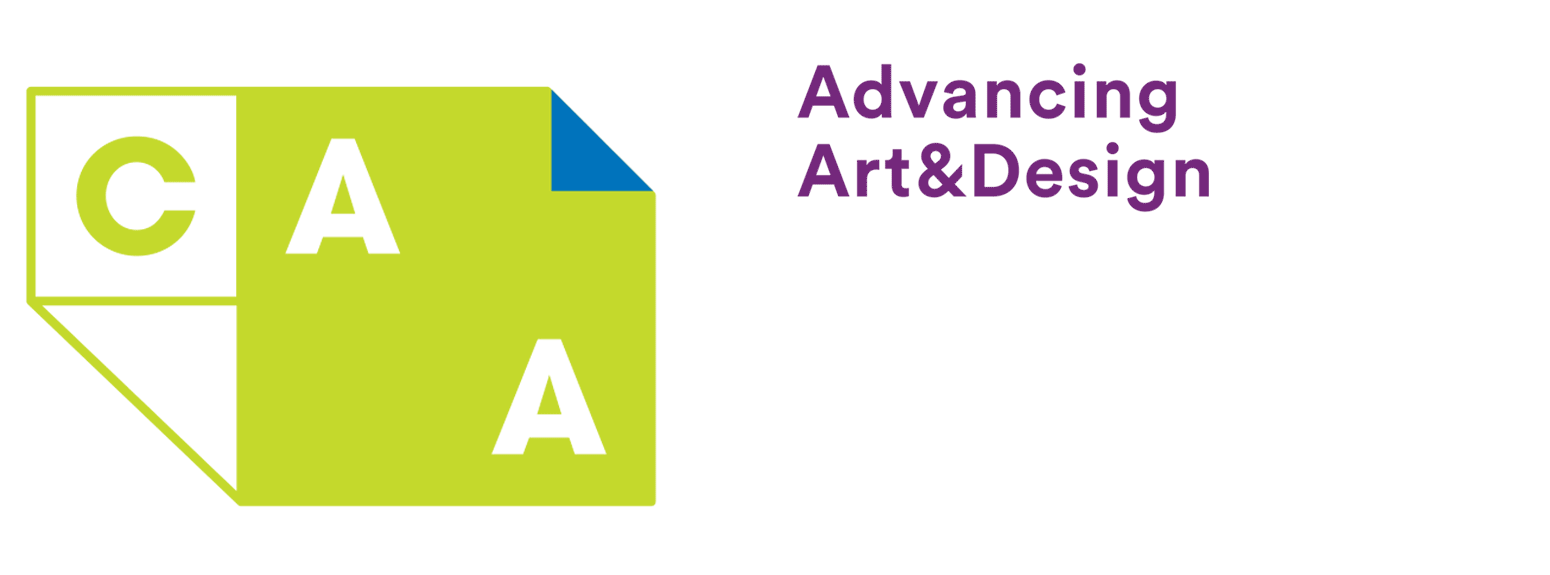Standards & Guidelines » CAA Guidelines
Information about Museum Ethics and Professional Practices
Adopted by the CAA Board of Directors in 2012; revised October 15, 2023.
College Art Association members may occasionally receive or have their own questions about ethical guidelines for museums and museum professionals, with respect to their own institutions or otherwise. These questions might arise, for example, in connection with the propriety of deaccessioning objects in a museum’s permanent collection; the propriety of acquiring ancient or otherwise culturally sensitive artworks; and the rights and responsibilities of boards of trustees, museum leadership, and staff, as well as various types of exhibition practices and procedures. This memo is intended to direct members to readily available sources that can illuminate particular issues or address such concerns.
These ethical issues have been described in several books and codified by many organizations, including the American Alliance of Museums (AAM), the International Council of Museums (ICOM), and the Association of Art Museum Directors (AAMD).
Excellent books on the subject include Museum Governance: Mission, Ethics, Policy (1994) and A Legal Primer on Managing Museum Collections (1998)by Marie C. Malaro, the former legal advisor to the Smithsonian Institution. Members can also consult National Standards and Best Practices for U.S. Museums (2008), by Elizabeth E. Merritt, Redefining Ethics for the Twenty-First Century Museum (2011), edited by Janet Marstine; New Directions in Museum Ethics (2013), edited by Janet Marstine, Alexander A. Bauer, and Chelsea Haines; A Practical Guide to Museum Ethics (2016), by Sally Yerkovich; The Routledge Companion to Museum Ethics (2011) by Richard Sandell; and Museum Ethics in Practice (2017) by Gary Edson.
Guidelines of professional associations also offer assistance on ethical and procedural issues:
- “Code of Ethics for Museums,” Washington, DC: American Alliance of Museums, (1991, with 2000 amendments). The AAM website also offers guidelines on archeological artifacts and artworks possibly associated with the Nazi era.
- “Professional Practices in Art Museums,” New York: Association of Art Museum Directors (2011), and “AAMD College and University Guidelines for Art on Campus,” New York: Association of Art Museum Directors (2009), are found on the AAMD website. The AAMD also offers comment on archaeological artifacts and artworks possibly associated with the Nazi era. Researchers should see the same page on AAMD’s website.
- “Code of Ethics,” Paris: International Council of Museums (1986, revised 2004). ICOM’s website additionally offers news and position papers on endangered artworks and artifacts as well as legal developments.
- “MASS Action Toolkit,” by Museums as Site for Social Action (MASS Action; 2017).
- “Excellence in DEAI,” American Alliance of Museums (AAM; 2022).
Other useful resources include the Institute of Museum Ethics at Seton Hall University; the Association of Art Museum Curators; the UNESCO Code of Ethics; and the Association of Academic Association of Academic Museums and Galleries Code of Ethics.
Finally, for those researching international agreements covering artworks and archeological objects, the International Foundation for Art Research is a useful resource.
Authors and Contributors
The CAA Board of Directors wishes to thank the chair of the Museum Committee, Katherine Crum, for researching and compiling this information.
This information was first updated in 2012 with the aid of the Museum Committee, under chair Karol Ann Lawson, and updated in 2023 with the aid of Museum Committee members Monica Andrews (chair), Harvard University; Samantha Hull, de Saisset Museum; Margaret Pezalla-Granlund, the College of New Jersey; and Erica Warren, James Wenrick Alliance for Craft.


